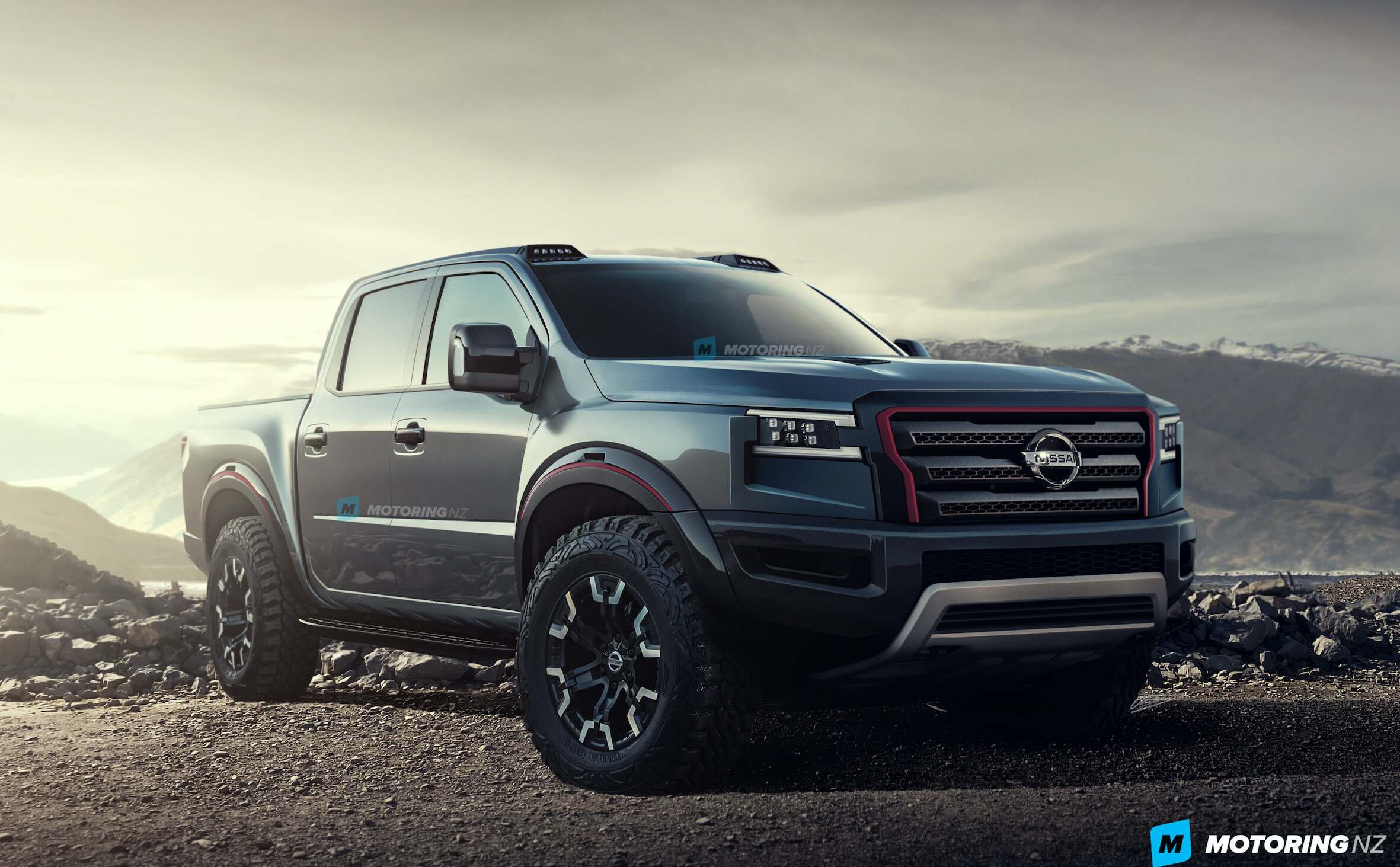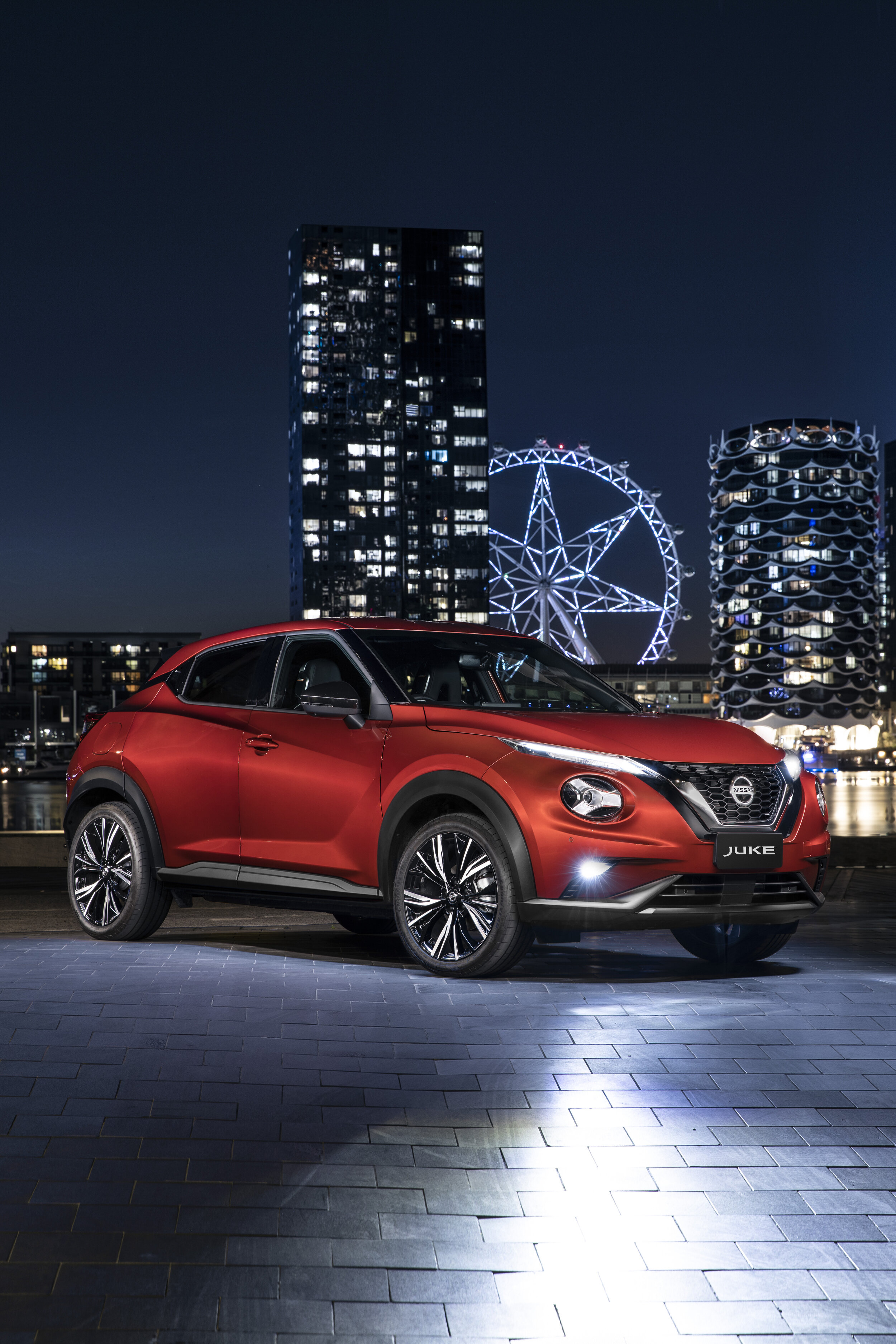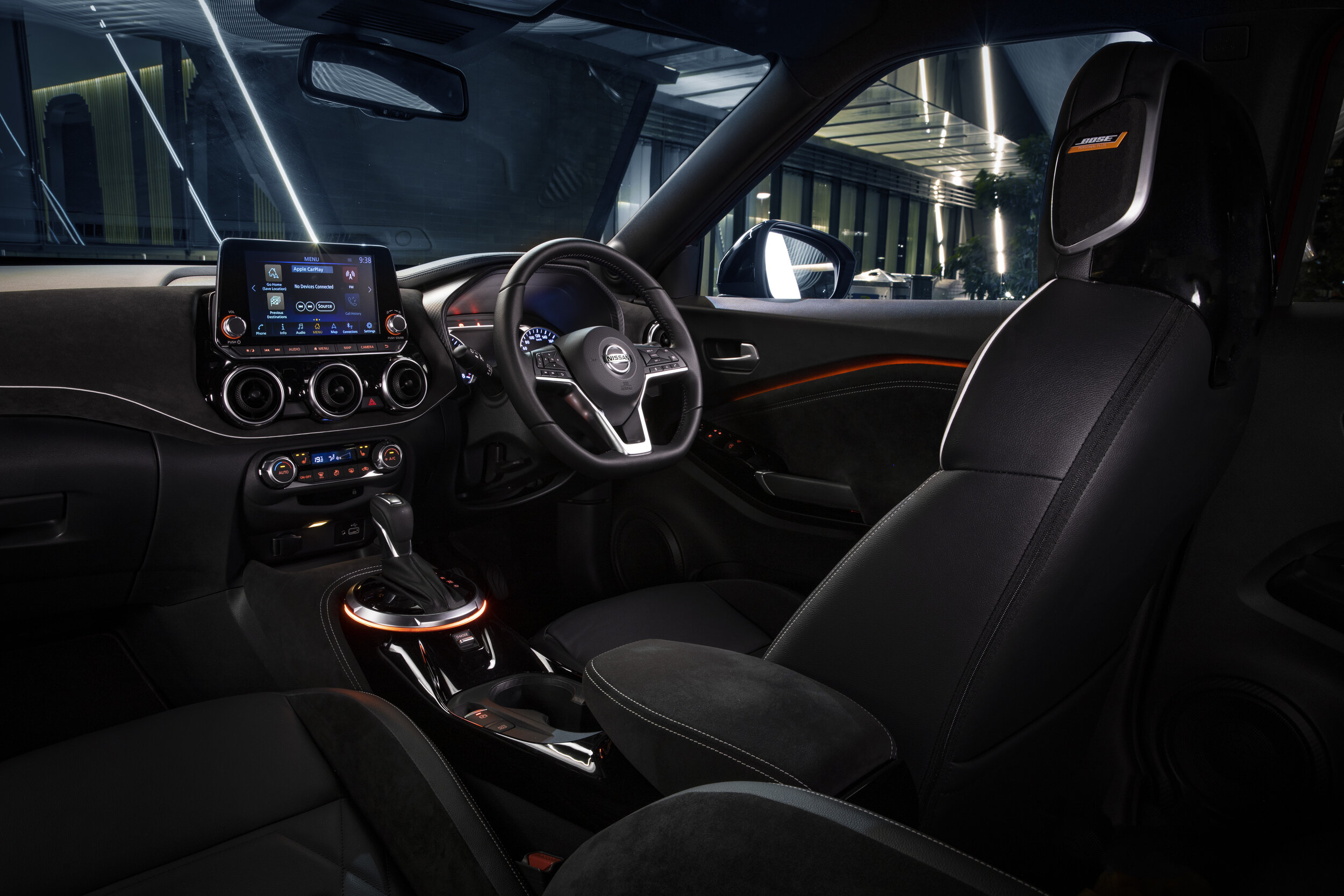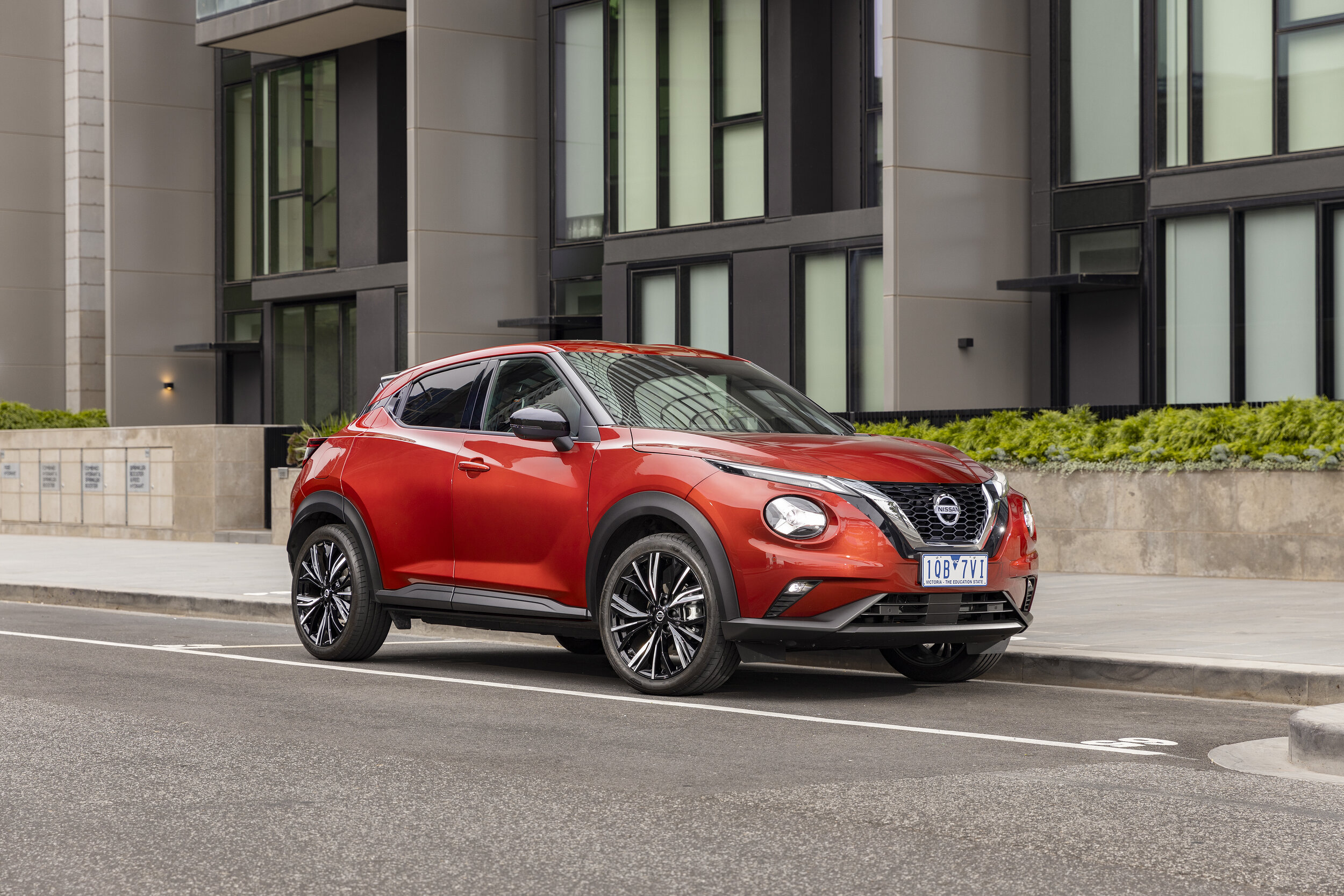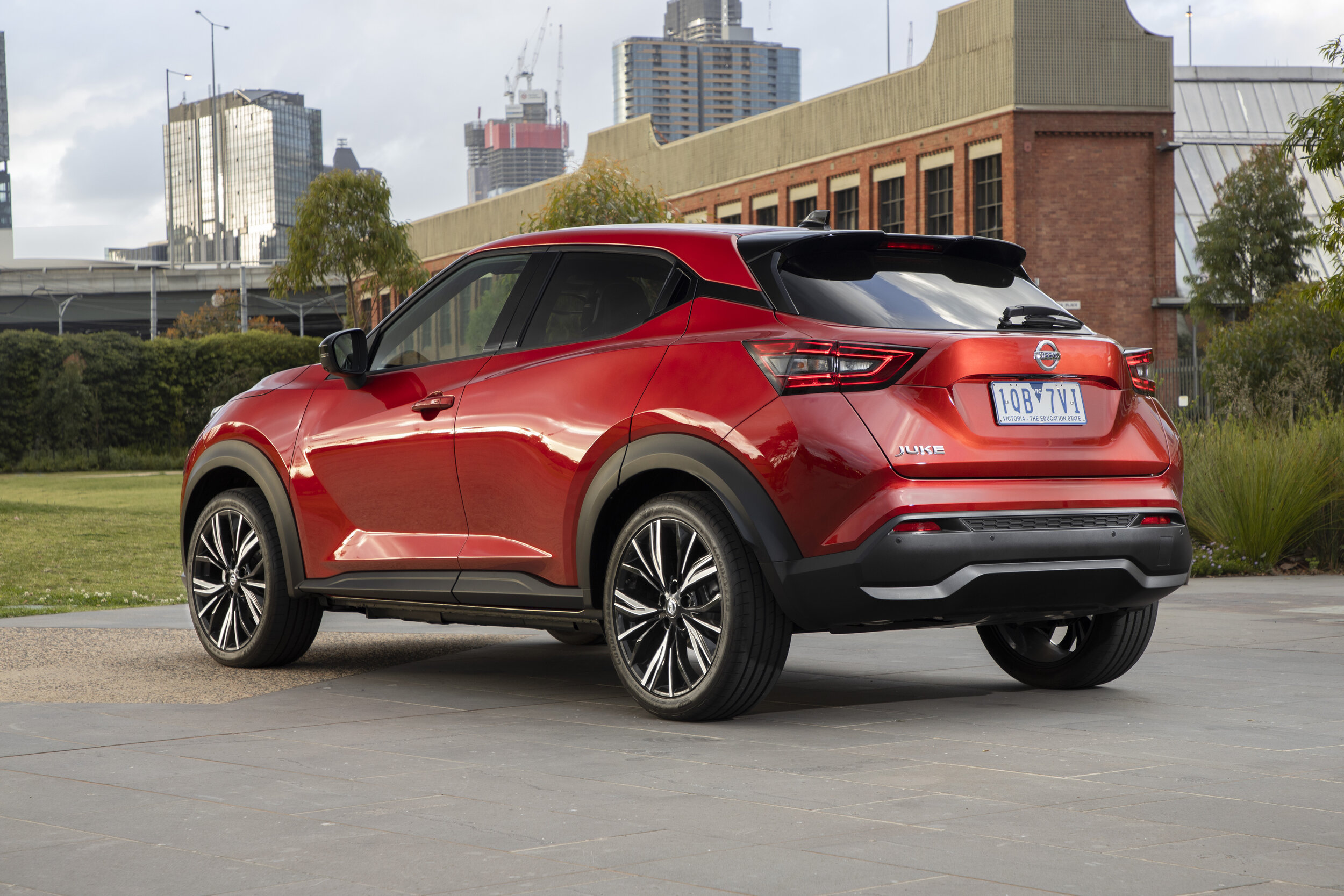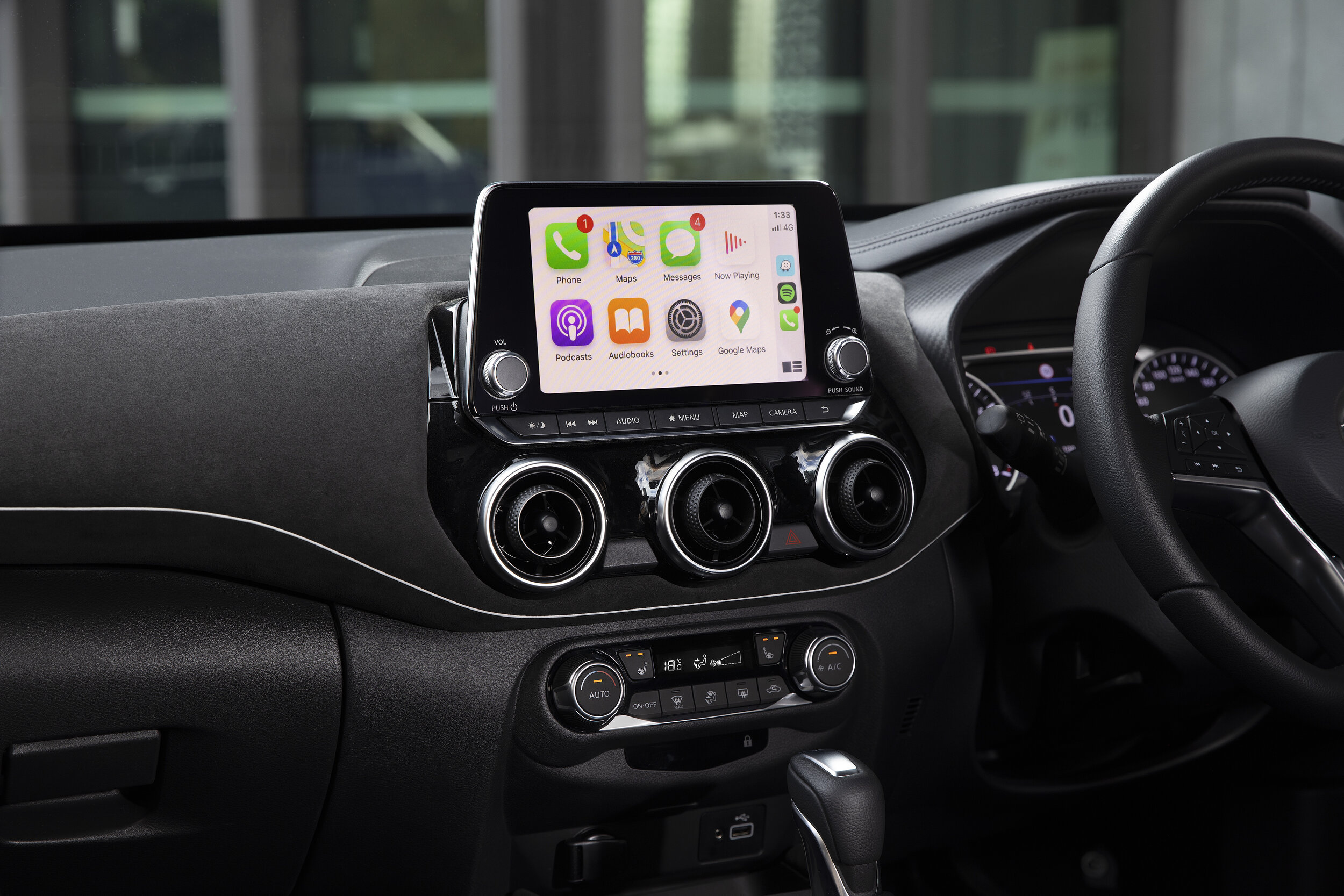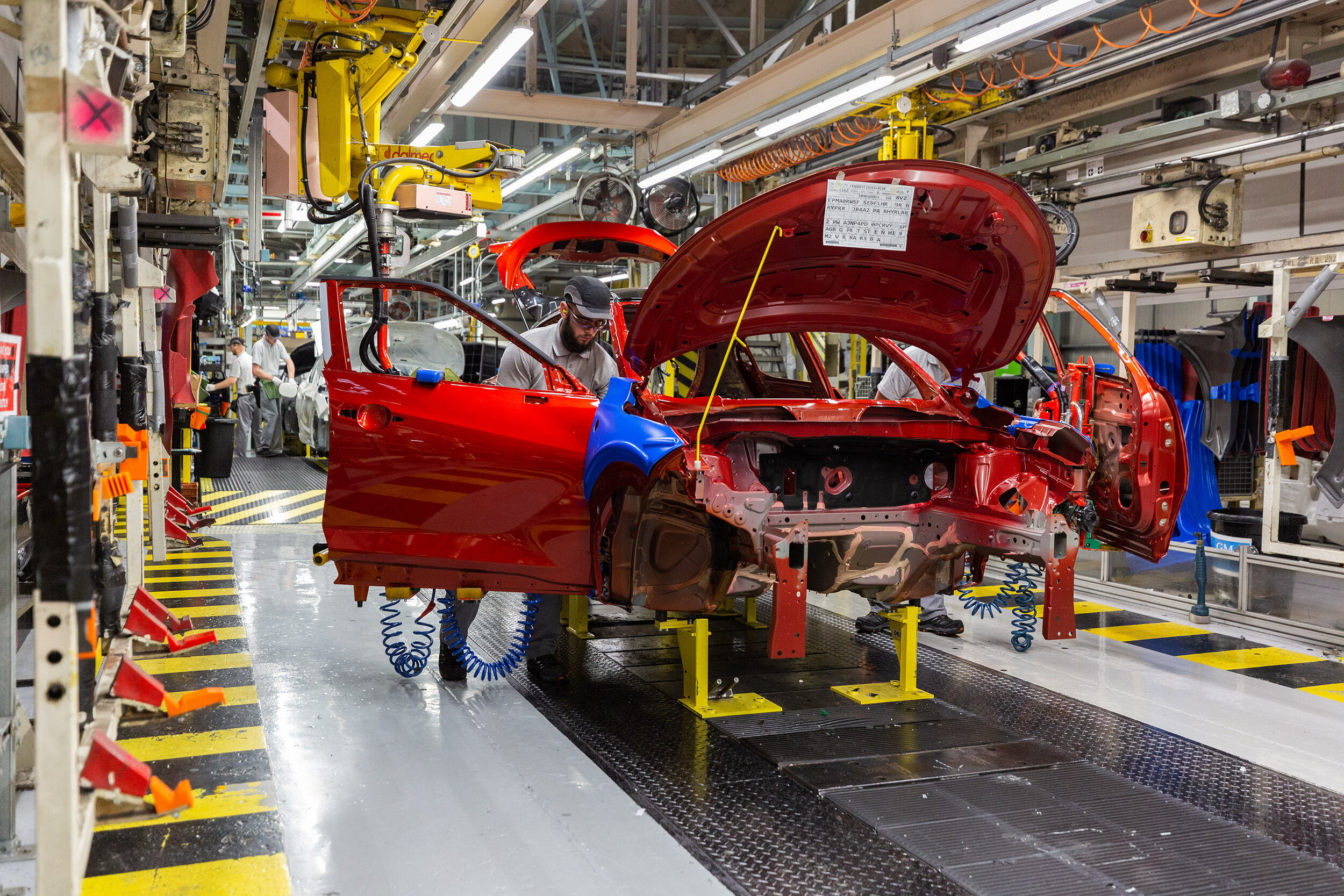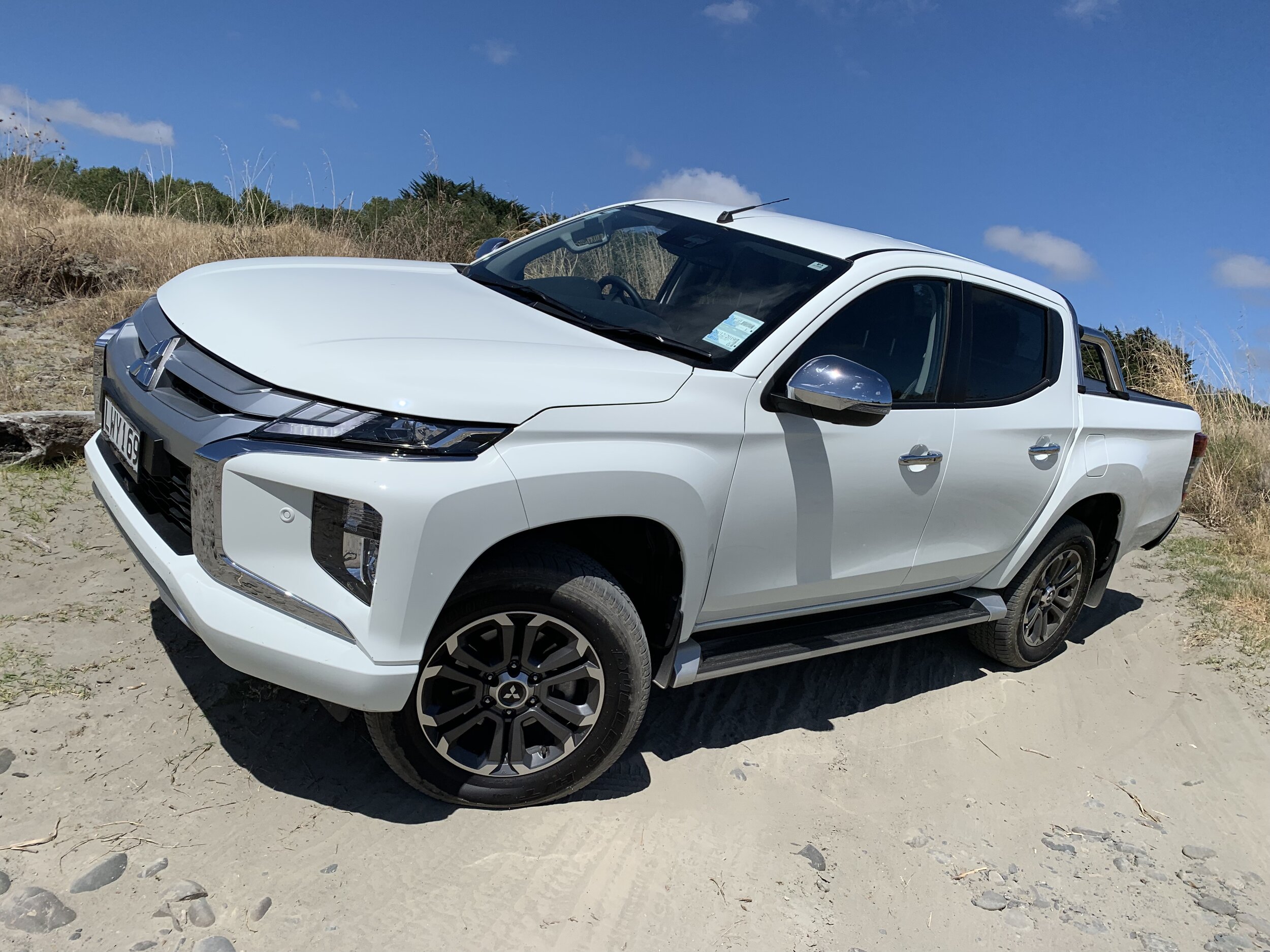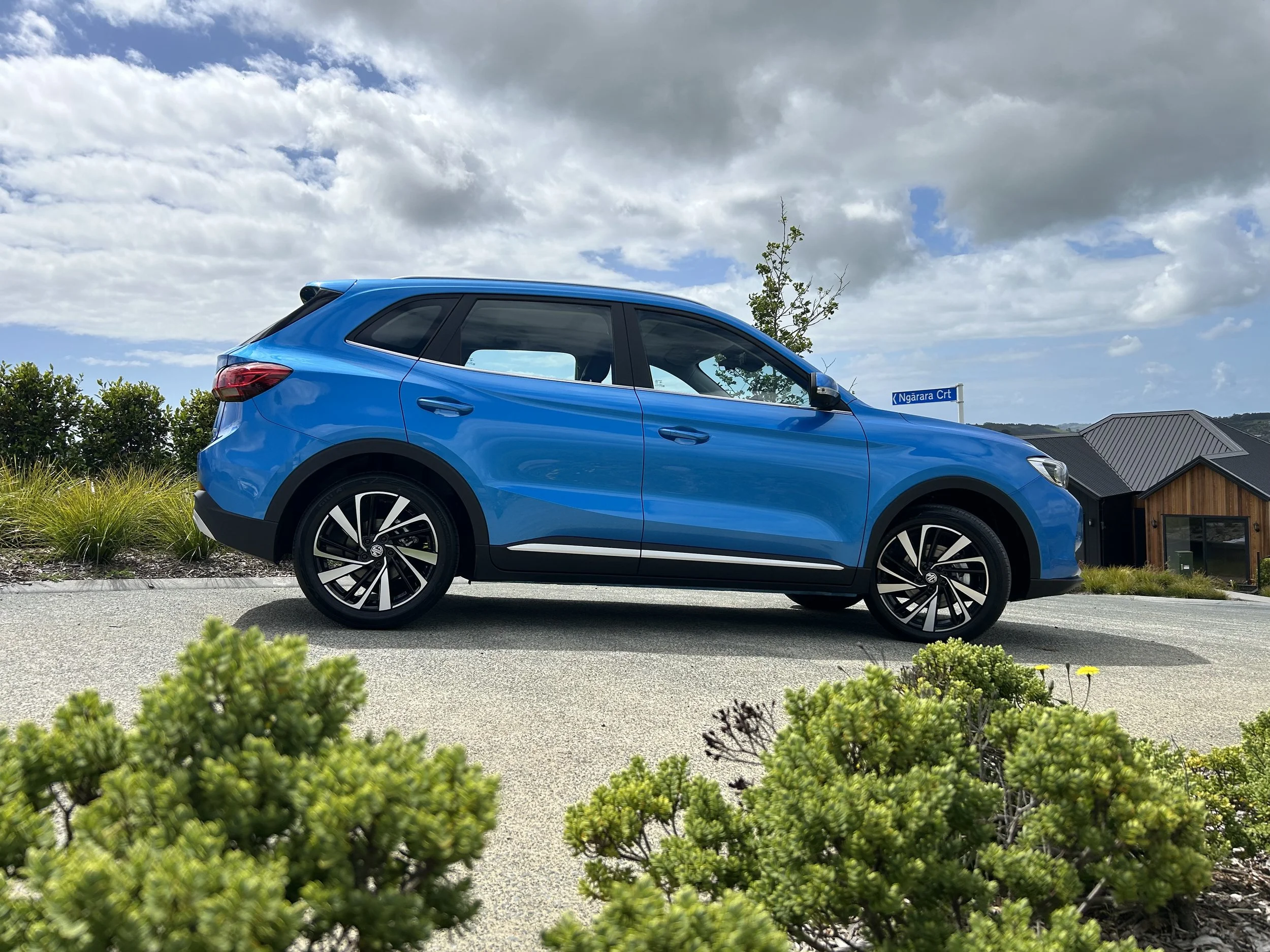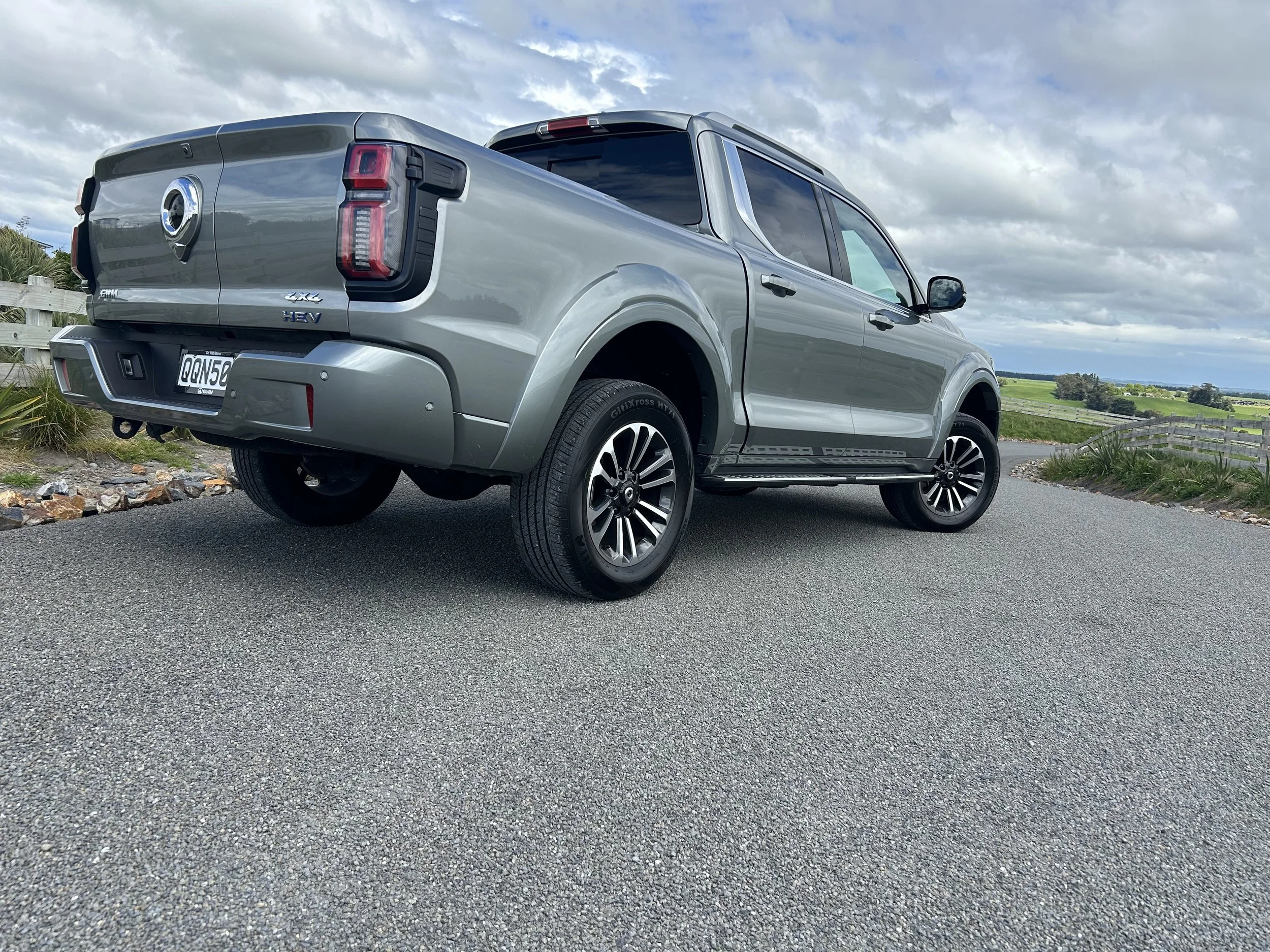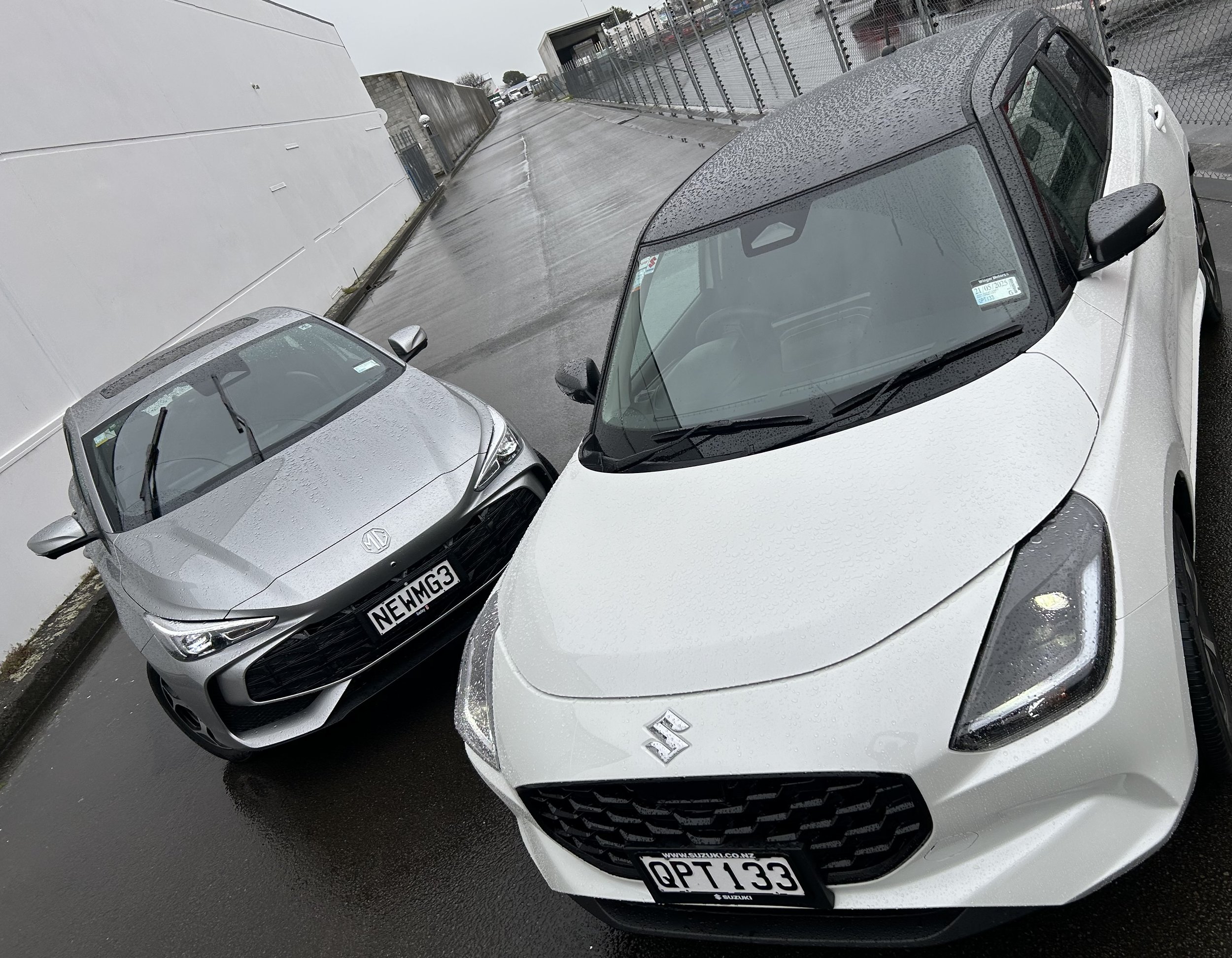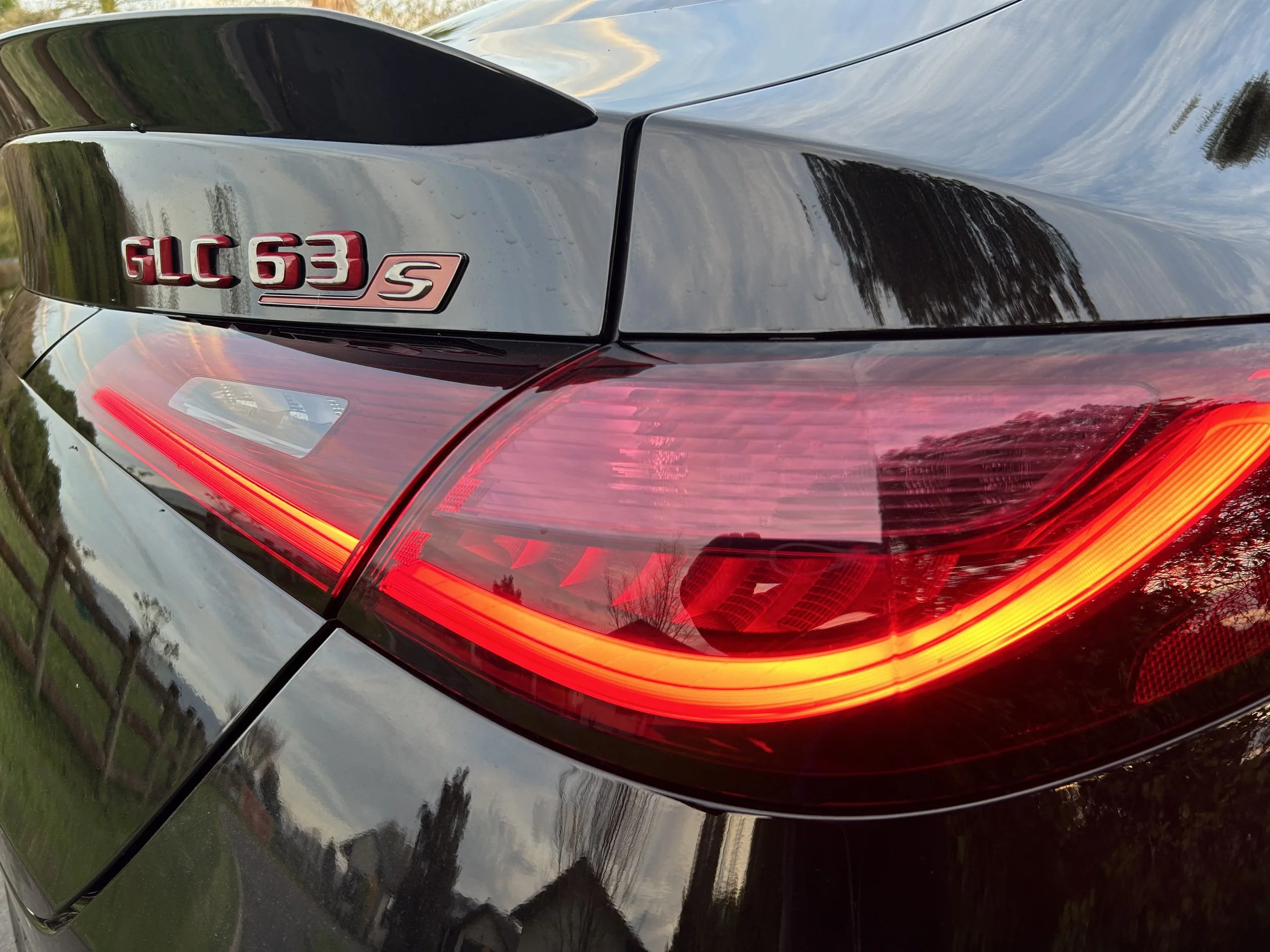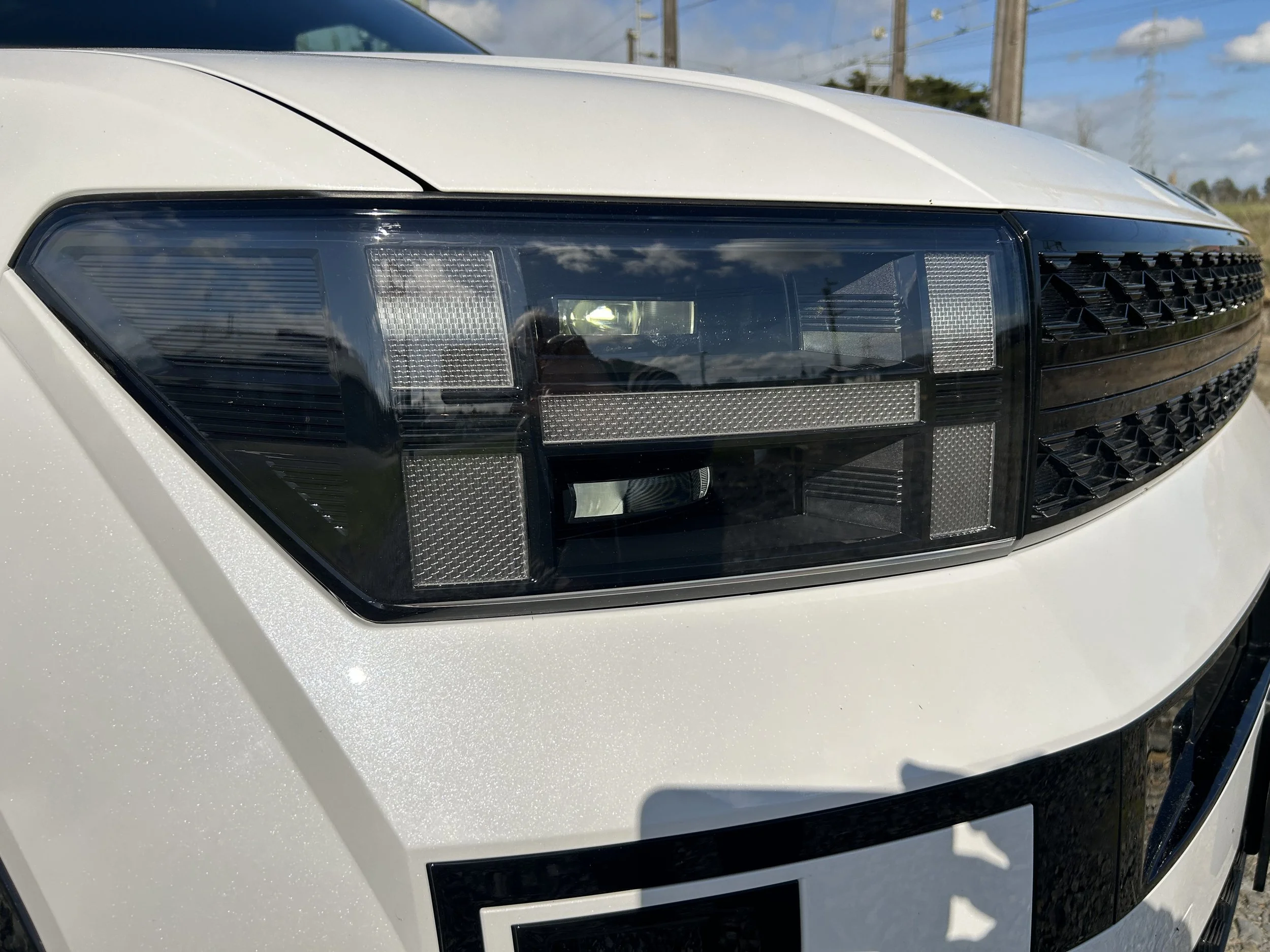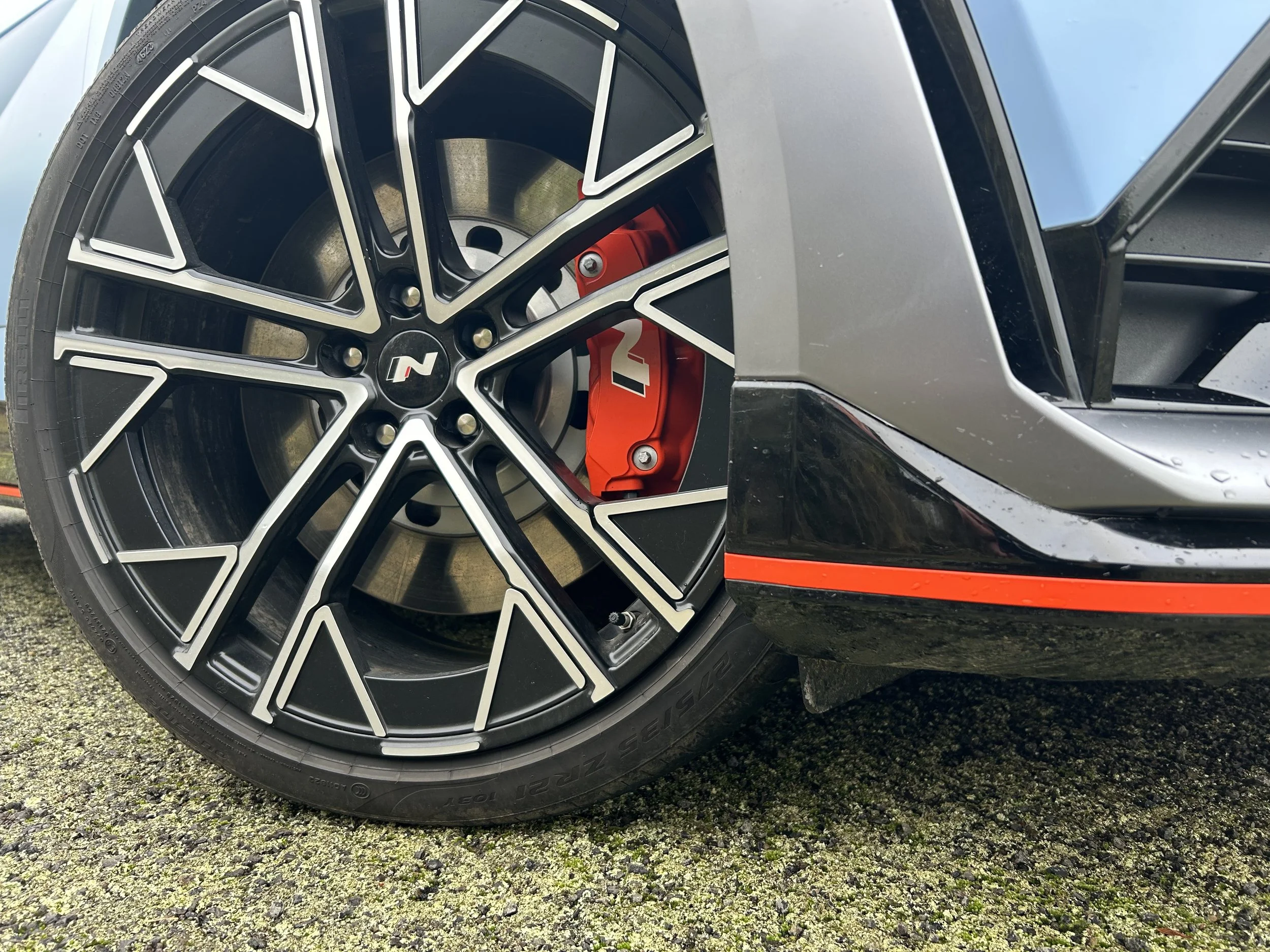Navara refresh a styling, spec spruce-up
/It’s more than just a fresh face – the updated Navara has been revealed.
ADDITIONAL safety tech – but still not as much as others in the category - the promise of improved refinement, a restyling and the introduction of a new flagship model.
These are among highlights of a facelift for the Nissan Navara, introduced five years into the model’s life cycle and set to hit New Zealand early next year.
What doesn’t change? The engine’s outputs, the towing capacity and the suspension tune.
The biggest obvious visual evision is to the front. The fresh face is a shared identity – the next-size-up Nissan Titan in North America has much the same look. Aside from the XL-sized grille, Navara takes bi-LED headlights with C-shaped daylight running lights.
All this means it adopts new sheetmetal forward of the windscreen, bonnet included. The rear outer skins, tailgate, wheel arch flares and tail-lights are come in for re-sculpting.
The images Nissan has provided are of the new flagship, called Pro-4X. This is a new global name for the top dog model; it’s assumed it will bump the Navara N-Trek, yet there’s also though the N-Trek fitout – mainly developed in Australia – can carry into the new line, so expect it to re-emerge as a localised special edition, some time after the factory models have settled in. Navara Pro-4X Warrior is being bandied already.
There is no extra power or torque from the twin turbo 2.3-litre four-cylinder diesel. Is 140kW and 450Nm enough? The familiar engine remains wed to a familiar transmission, a seven-speed auto.
Towing capacity remains capped at 3500kg but Nissan has indicated improved payload, with up to 1.1-tonnes of carrying capacity in the Pro-4X and up to 1.2 tonnes on workhorse models.
The sides of the ute tub are 20mm higher, though this is more for styling than to create extra usable space and the tailgate hinge is spring-loaded.
The suspension has not been updated because Nissan is happy with the third iteration of the suspension tune, according to overseas reports.
The interior gets a minor makeover and a more compact steering wheel, with extra buttons which work in conjunction with a larger digital display between analogue dials in the instrument cluster. The steering wheel still only has tilt adjustment rather than height and reach adjustment. A new laminated windscreen, thicker side glass, and extra sound-deadening behind the dash promise a quieter driving experience.
Safety systems? It moves to autonomous emergency braking, forward crash alert, lane departure warning, rear cross-traffic alert, and blind zone warning for the first time. So, a step up … but still a step behind the likes of the Toyota Hilux, Ford Ranger, Isuzu D-Max and Mazda BT-50. Nissan is yet to outline if this advanced safety tech will be on all variants.
As before, top-end Navara models come with push button start, dual zone air-conditioning, rear air vents, heated front seats, power folding sides mirrors, Apple CarPlay, Android Auto and embedded navigation. The infotainment is the same system that came with an update 18 months ago.
Local details, including prices, are expected to be released closer to launch.













